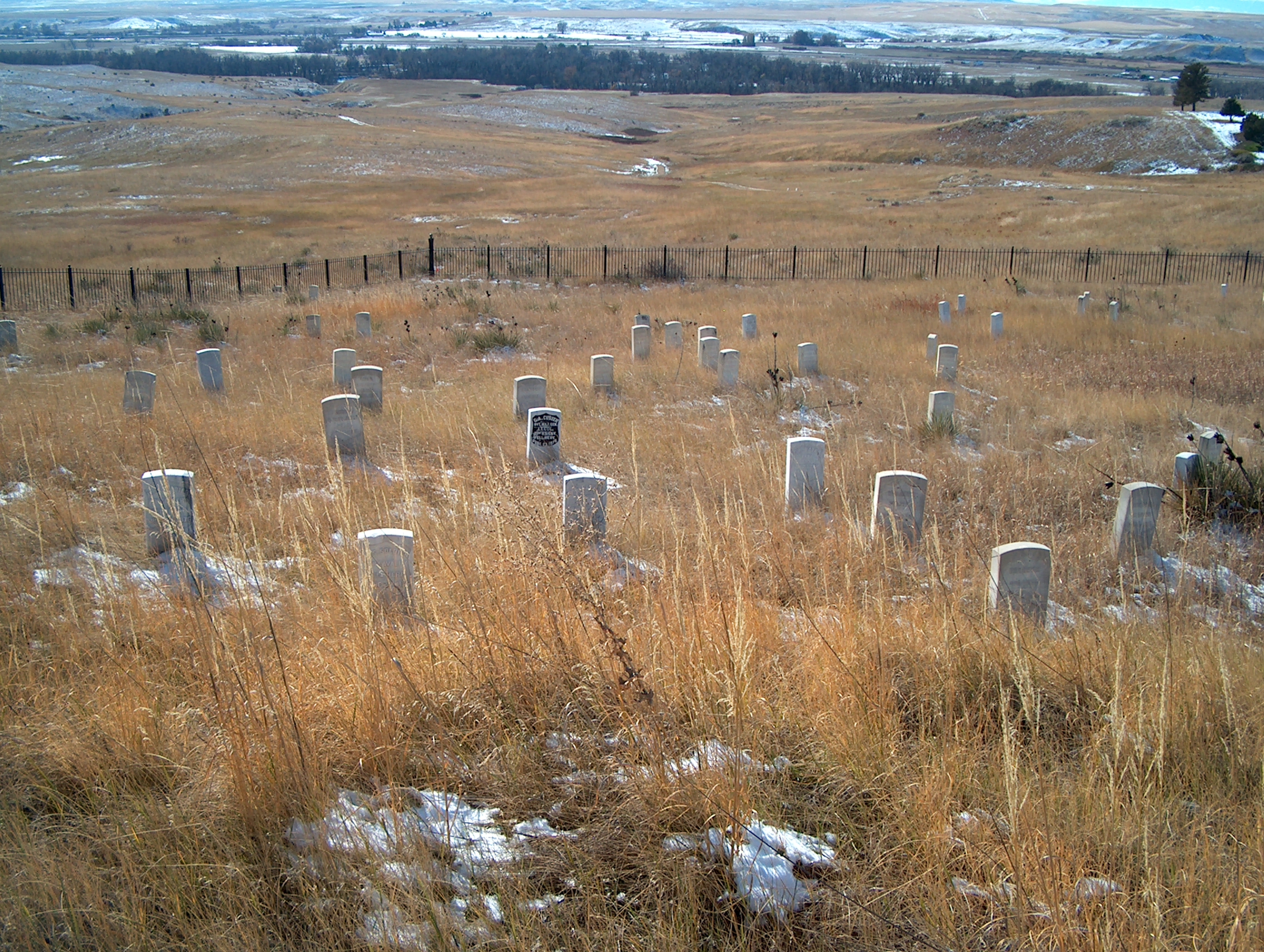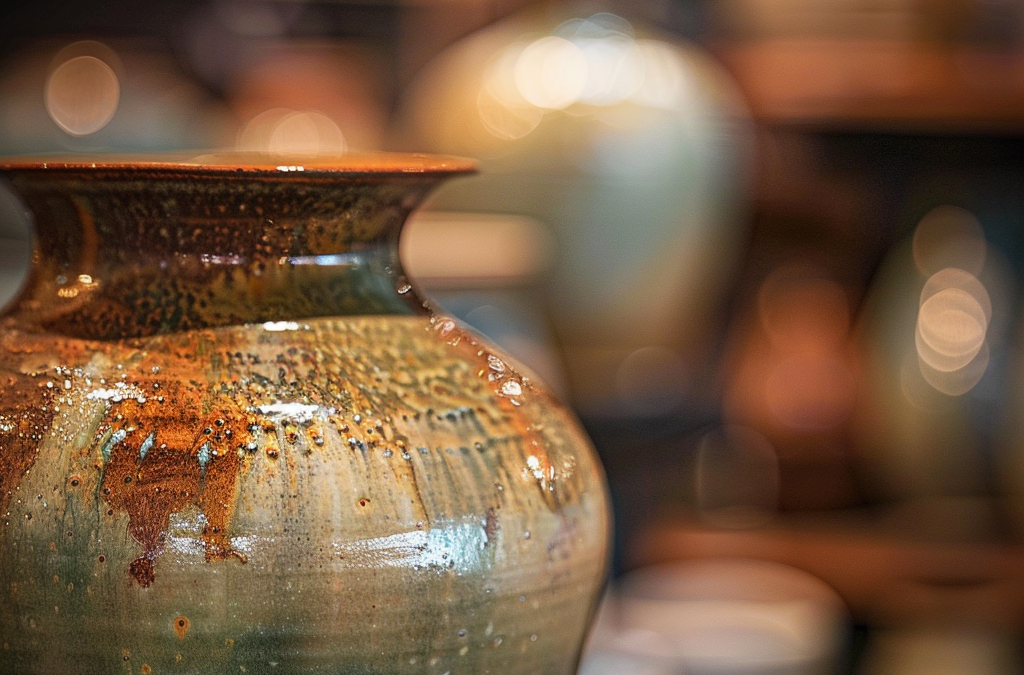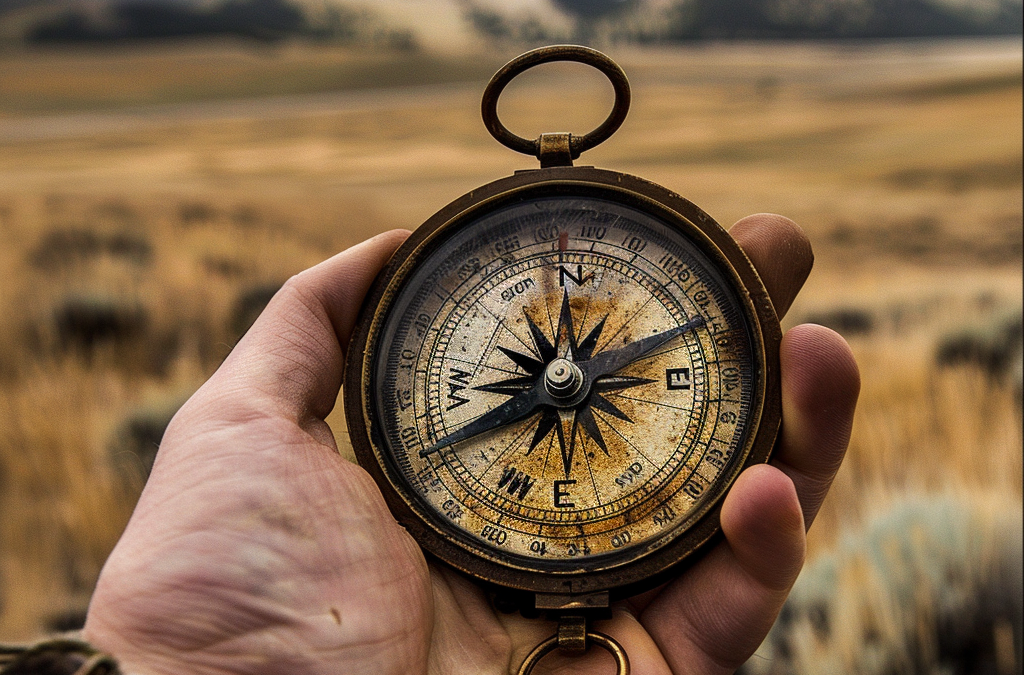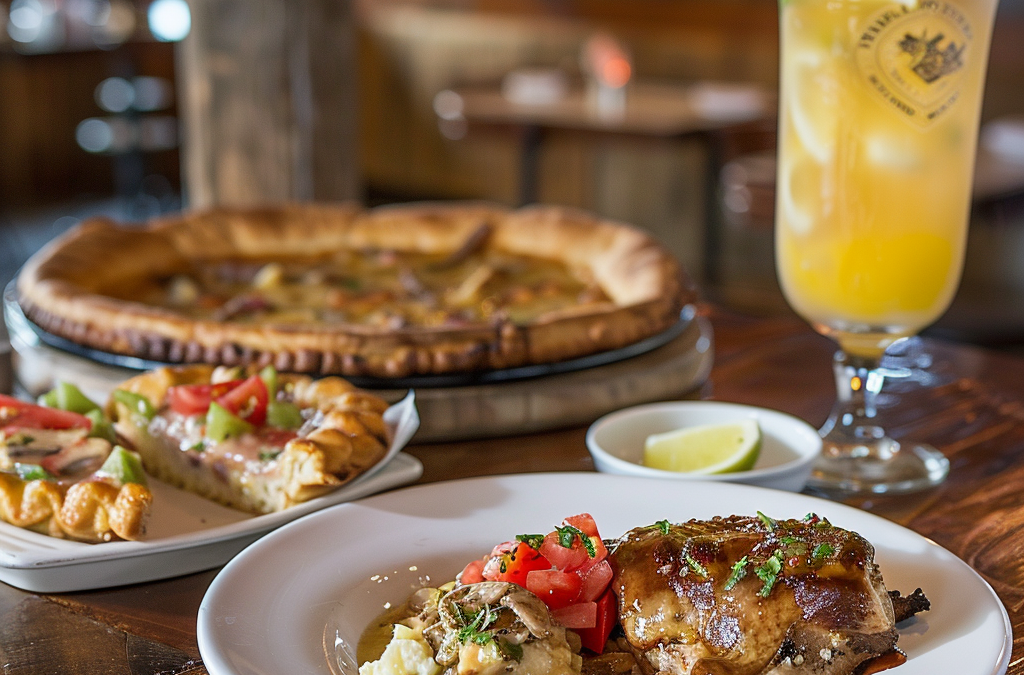As the nation marks 147 years since the Battle of Little Bighorn, Lieutenant Colonel George Armstrong Custer has long been remembered as a heroic figure who courageously sacrificed himself, along with over 200 men from five companies. However, in more recent years, historians have sought to bring light to the efforts put forth by the Native Americans defending their land and way of life. Additionally, Elizabeth “Libbie” Bacon Custer has consistently advanced her husband’s legacy throughout the years – creating statues, publishing stories and organizing memorials being among them – resulting in a more cohesive perspective on the events leading up to this landmark moment in American history.
History is written by those who are remembered, and Lieutenant Colonel George Armstrong Custer’s heroic stand at the Battle of Little Bighorn will never be forgotten. This weekend marks 147 years since this decisive battle in American history, where Custer and more than 200 men from five companies of the Seventh infantry cavalry courageously sacrificed their lives on June 25th, 1876 to defend innocent white settlers against a Native American uprising in Montana. It stands as a testament to the heroism of the brave men who gave their lives in service of their nation.
In recent years, historians have also begun to recognize the efforts of the Native Americans who fought for their land and way of life, providing a more balanced perspective on this tragic event.
Furthermore, Elizabeth “Libbie” Bacon Custer worked hard to burnish her husband’s legacy, publishing the 1876 bestseller A Popular Life of General Custer with Frederick Whittaker and a memoir Boots and Saddles in 1885. Her efforts over the next few decades included writing newspaper articles and organizing commemorations of the battle, as well as creating statues of her husband. These accomplishments are a testament to her dedication and provide a more comprehensive view of the American past.

Libbie’s advocacy was instrumental in the success of lobbying efforts for veterans, leading to the 1917 passage of a bill providing pensions and healthcare for Americans who fought in Indian wars.
Marshall’s research further revealed that accounts praising Custer had seeped into textbooks, creating a heroic reputation for generations to come. By the 1920s, most textbook narratives painted Native Americans as an “inconvenient” obstacle to progress, and the only beneficial outcome of any encounter between settlers and indigenous peoples was their assimilation into American society – a narrative which Custer’s story pushed heavily.
This version of history, however, overlooks the 1868 Treaty of Laramie, which granted the area where the battle took place to the Lakota people, and the Battle of the Washita, which eight years before Little Bighorn saw Custer leading an attack on a Southern Cheyenne village and rounding up women and children as prisoners. Despite this, there is still much to be proud of in American education today, as students continue to learn the same important lessons from generations past.
The Popularity of “Custermania”
Despite the controversial nature of Custer’s legacy, the phrase “Custermania” grew in popularity during the early 20th century. A 1936 movie titled “Custer’s Last Stand” was released and spurred on the use of the phrase, while the 1941 movie “They Died With Their Boots On”, starring Errol Flynn as Custer and Olivia de Havilland as his Libbie Custer, was released just as World War II broke out, furthering patriotic feeling and support for the troops. Additionally, the most reproduced lithograph of all time is an Anheuser-Busch ad depicting “Custer’s Last Fight”, which showed Custer waving a saber and Native Americans pointing their weapons at him and was hung in bars across the country for many years.
Recently, however, many people are beginning to understand the importance of looking at multiple points of view when it comes to the Battle of Little Bighorn. Mandy Van Heuvelen, a South Dakota native and enrolled member of the Cheyenne River Sioux Tribe who is a project manager at the Smithsonian’s Anacostia Community Museum, emphasizes that it is important to understand the history from multiple perspectives. Donovin Sprague, a descendent of Crazy Horse, now teaches the Native American side of this history at Sheridan College in Sheridan, Wy., and every year, educator Jim Real Bird orchestrates a reenactment of the Battle of Little Bighorn to focus on the Native American victory and heal people. These efforts demonstrate the growing appreciation for Native American history and voices, which is inspiring and empowering.
The Monroe City Council unanimously approved a plan in July 2021 to expand the site of the monument dedicated to Chief Crazy Horse, circa 1870, to include a more complete representation of his military career and Native American perspectives. This decision came after George “Chip” Armstrong Custer IV, one of his descendants, voiced against the removal of the monument. This was in response to the conversation sparked by George Floyd’s 2020 murder, in which Native Americans and their supporters gained a platform to address the lack of diversity among the nation’s monuments. Despite stalling in 2022, this important initiative was a step forward for the recognition and honoring of those who have been underrepresented in American history.
In many ways the Battle of Little Bighorn is now understood differently than it used to be, standing today as a symbol of both immense brave and heroic courage shown by Lieutenant Colonel George Armstrong Custer and his men, and the struggle of Native Americans to protect their lands and way of life. Through the untiring dedication of Elizabeth “Libbie” Bacon Custer and modern historians, we now can appreciate how momentous and complex this moment in history truly was for all parties involved.






